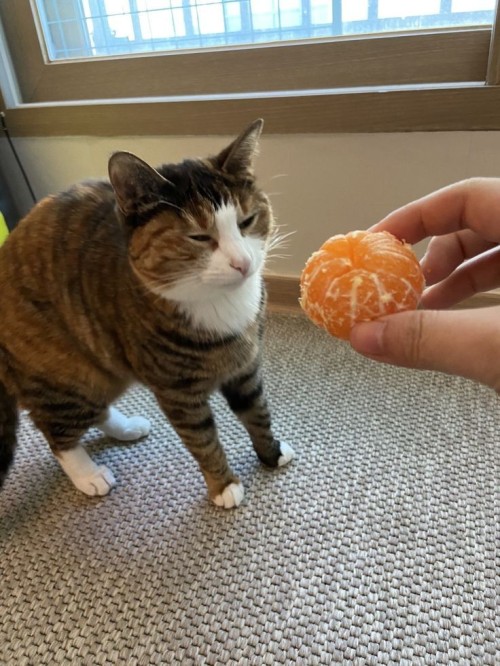Hey, You! You Individual There! You Unique Person! I Love You! I Love You And You Deserve It!! Remember
Hey, you! You individual there! You unique person! I love you! I love you and you deserve it!! Remember to love yourself too!
More Posts from Goblin-in-the-rain and Others


please please please help me find more cats smelling a smelly smell

!~Yippee~!
cat riding sheep


a couple of the many beautiful Kikihia scutellaris cicadas molting last night :-)
my 2 moods are:
- im baby
- im small bastard man i wanna hiss at the sun



Prancing Peacock Spiders
Maratus volans is perhaps the most widely known member of the genus Maratus, also known as peacock spiders– part of the jumping spider family– which contains 108 recognised species. Maratus volans is common across Australia and the island of Tasmania, and occur in a variety of habitats. They are most commonly found among leaf litter and dry vegetation, especially in dunes, grasslands, and sparse deciduous forests.
Peacock spiders like M. volans are extraordinarily small; both sexes only reach about 5 mm (0.19 in) in length. Members of the Maratus genus are famous for the male’s coloration, and M. volans is no exception; the abdomen is covered in brightly colored microscopic scales or modified hair which they can unfold for mating displays. Some males can also change the color of their scales, and the hairs can reflect both visible and ultraviolet light. Female M. volans lack this distinctive coloration, and are a drab grayish brown.
Reproduction for M. volans occurs in the spring, from August to December. During this period, males will approach females and raise their patterned abdomens and third pair of legs for display. He then approaches, vibrating the fan-like tail, and dances from side to side. If a female is receptive, he then mounts her; if not, she may attempt to attack and feed on him. This may also occur post-copulation. In December, the female creates a nest in a warm hollow in the ground where she lays her eggs. Each cluch contains between 6 and 15 eggs, though females typically lay several clutches. Male M. volans hatch the following August, while females typically hatch in September. Both sexes mature quickly and typically only live about a year.
Like other jumping spiders, peacock spiders like M. volans do not weave webs. Instead, they hunt during the day time using their highly developed eyesight. These spiders are also able to jump over 40 times their body length, which allows them to pounce on unsuspecting prey like flies, moths, ants, crickets, and other, much larger spiders. Other spiders are also common predators of M. volans, as well as wasps, birds, frogs, and lizards.
Conservation status: None of the Maratus species have been evaluated by the IUCN. However, it is generally accepted that they are threatened by habitat destruction, like many other insects.
If you like what I do, consider leaving a tip or buying me a ko-fi!
Photos
Jurgen Otto 2 & 3
may you make art long enough to realize all the advice you learned online as a tween is made up bullshit


Ethiopian Wolf (Canis simensis) at Bale Mountains, Ethiopia. Barbara Evans, 2017.
Trick or treat! < shaking with both excitement and terror
Your roommate for the entire year is a Creeper from Minecraft! Don't let it sneak up on you🥲

-
 peridots-pixiwolf liked this · 2 years ago
peridots-pixiwolf liked this · 2 years ago -
 smallbuggames liked this · 2 years ago
smallbuggames liked this · 2 years ago -
 goblin-in-the-rain reblogged this · 5 years ago
goblin-in-the-rain reblogged this · 5 years ago

Hi it’s me puddleorganism if you’re confused why you got a billion hoops from me
298 posts
